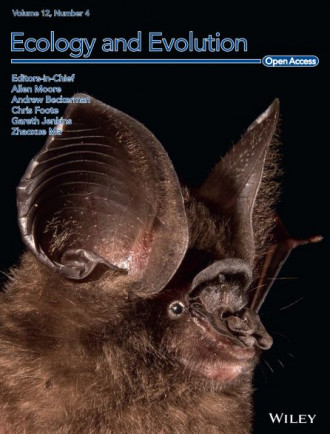Fishing cat Prionailurus viverrinus distribution and habitat suitability in Nepal
Abstract
The fishing cat Prionailurus viverrinus is a wetland specialist species endemic to South and Southeast Asia. Nepal represents the northern limit of its biogeographic range, but comprehensive information on fishing cat distribution in Nepal is lacking. To assess their distribution, we compiled fishing cat occurrence records (n = 154) from Nepal, available in published literature and unpublished data (2009–2020). Bioclimatic and environmental variables associated with their occurrence were used to predict the fishing cat habitat suitability using MaxEnt modeling. Fishing cat habitat suitability was associated with elevation (152–302 m), precipitation of the warmest quarter, i.e., April–June (668–1014 mm), precipitation of the driest month (4–7 mm), and land cover (forest/grassland and wetland). The model predicted an area of 4.4% (6679 km2) of Nepal as potential habitat for the fishing cat. About two-thirds of the predicted potentially suitable habitat lies outside protected areas; however, a large part of the highly suitable habitat (67%) falls within protected areas. The predicted habitat suitability map serves as a reference for future investigation into fishing cat distribution as well as formulating and implementing effective conservation programs in Nepal. Fishing cat conservation initiatives should include habitats inside and outside the protected areas to ensure long-term survival. We recommend conservation of wetland sites, surveys of fishing cats in the identified potential habitats, and studying their genetic connectivity and population status.

